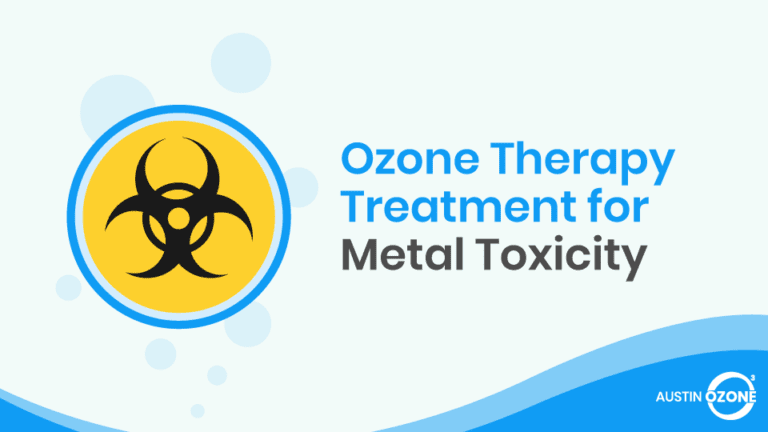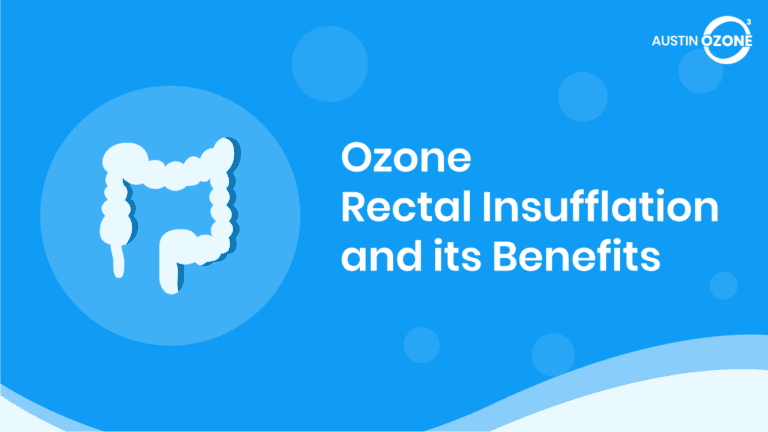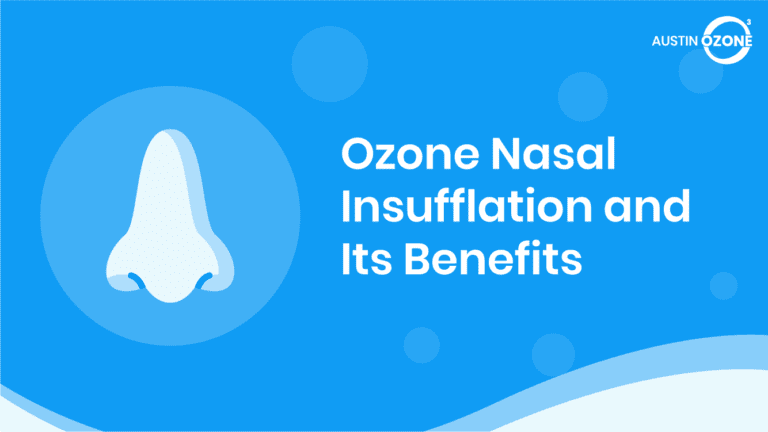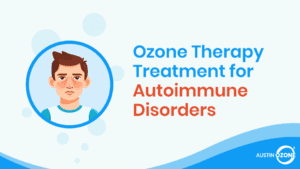In recent years, human exposure to metal contamination in the environment has become a growing concern throughout the world. Metal toxicity, also known as heavy metal poisoning3, is the excessive exposure and accumulation of heavy metals in the soft tissues of the body.
Although most heavy metals are naturally occurring and can have beneficial biological effects, an excessive amount in the body can cause serious damage to vital organs.
What Are Heavy Metals?
Heavy metal is a collective name for chemical elements that are metallic in nature, have a high density, and are considered toxic even at low concentrations. Heavy metals are naturally occurring and can be found in the Earth’s crust.
These chemicals often enter the human body through the consumption of contaminated food, drink, or air. While some heavy metals are necessary for human metabolism, high concentrations of these elements can lead to poisoning.
Heavy metal is a collective name for chemical elements that are metallic in nature, have a high density, and are considered toxic even at low concentrations
Heavy metals include aluminum (Al), zinc (Zn), antimony (Sb), tin (Sn), arsenic (As), thallium (Tl), barium (Ba), selenium (Se), beryllium (Be), platinum (Pt), bismuth (Bi), phosphorus (P), cadmium (Cd), nickel (Ni), chromium (Cr), mercury (Hg), cobalt (Co), manganese (Mn), gold (Au), lithium (Li), iron (Fe), and lead (Pb).
Some reported sources of heavy metals include industrial, agricultural, geogenic, pharmaceutical, and atmospheric sources. To date, environmental pollution is often blamed as the major source of heavy metal contamination. However, it is also possible to get heavy metal contamination through natural phenomena such as soil erosions and volcanic eruptions.
What Is Heavy Metal Poisoning?
Heavy metals can enter the system either through the skin, by inhalation, or by ingestion. However, exposure can occur not only from the environment but also through diet, medication, or during work or play.
In trace amounts, heavy metals may not pose any danger to your health. Unfortunately, heavy metals tend to bioaccumulate, which eventually makes their concentrations toxic or deadly.
Bioaccumulation is defined as the increase in the chemical concentration of a substance in an organism over time. It usually happens when chemicals are taken in by living organisms and stored faster than they are metabolized and excreted. In the case of heavy metals, they cannot be broken down or degraded, which means they are stored in the organs almost indefinitely.
The symptoms of heavy metal poisoning vary, depending on which type of heavy metal you bioaccumulated, the amount of heavy metal your body absorbed, and the frequency of your exposure. The age of the person affected can also play a big role in determining their susceptibility to metal toxicity.
Schedule an Ozone Therapy Session Today!
What Are the Common Symptoms of Heavy Metal Poisoning?
While the signs and symptoms6 of metal toxicity depend on different factors, those who are afflicted with heavy metal poisoning tend to exhibit these common symptoms: abdominal pain, diarrhea, nausea, vomiting, anemia, dehydration, sudden change in behavior, and memory loss.
Some patients also experience irregular heartbeats (dysrhythmia), numbness, weakness, tingling in the hands and feet, chills, and edema.
For pregnant women, it is not uncommon to have miscarriages or premature labor. It is also possible to give birth to children with noticeable defects like malformed bones. However, it is important to note that some heavy metal poisoning does not exhibit any symptom until such time that it has already severely damaged some organs.
Specific types of heavy metals can exhibit additional symptoms. For example, those afflicted with mercury poisoning exhibit a lack of muscle coordination, speech and hearing difficulties, and vision changes. For lead poisoning, they will experience constipation, sleep problems, and bouts of irritability.
Who Is at Risk of Heavy Metal Poisoning?
Children are the most vulnerable targets of heavy metal poisoning. However, anyone can suffer from metal toxicity if they are not careful.
Aside from unintentional ingestion and inhalation, the work environment plays a large role in defining heavy metal contamination. To prevent heavy metal poisoning in the workplace, you must always remember to wear personal protective equipment like masks and gloves.
How Is Heavy Metal Poisoning Diagnosed?
Heavy metal poisoning is extremely difficult to diagnose. Even with symptoms, your healthcare provider must be notified of any known exposure before they can recommend specific tests.
These tests2 may include electrocardiogram, abdominal radiographs, urine analysis, renal and liver function tests, and complete blood count. These tests are performed depending on the severity of the symptoms and suspected heavy metal exposure.
Most cases of heavy metal poisoning include As, Pb, Hg, Cd, and Cr, although other cases are still possible, depending on the nature of exposure.
Heavy Metal Poisoning: Why You Should Worry?
Since heavy metals can neither be broken down nor destroyed, they have the tendency to bioaccumulate in the human body. This means heavy metals are transported via the bloodstream and stored in the body cells and soft tissues. When this happens, the heavy metal ion binds to your cell’s proteins, thereby destroying their cellular functions.
The consequences of metal toxicity within the human body are severe. It can affect your central nervous system, which can lead to various mental disorders. It can also affect and permanently damage the lungs, kidneys, liver, and other vital organs. In addition, it can trigger neurological and muscular degenerative issues and even cause gene mutation.
Standard Treatment for Heavy Metal Poisoning
Heavy metal poisoning can be treated only by taking medications that contain chelating agents2, which can chemically bind with the heavy metal, enabling it to be excreted through urine.
Some of the more popular chelating drugs include dimercaprol, succimer, deferoxamine, edetate calcium disodium, and penicillamine. Although chelators6 are the standard treatment for heavy metal poisoning, they are understandably expensive.
The problem with taking chelating drugs is that they can bind even with the essential heavy metals (i.e., Cu, Ca, and Zn) despite their trace concentrations. In addition, the use of chelating drugs can produce serious side-effects. For example, dimercaprol can cause coma and seizures when taken in high doses whereas deferoxamine can cause lung injuries or infections and can lower your blood pressure.
In some cases, special treatment may be required as support. For instance, hemodialysis is required for people who are experiencing kidney failure as a result of heavy metal poisoning.
For mild cases, removing yourself from the source of heavy metal exposure should be enough to treat the condition.
Ozone Therapy as Possible Treatment for Heavy Metal Poisoning
Ozone has been proven effective in treating various health conditions. Medical ozone is a potent antioxidant and detoxifier that can eliminate bacteria, viruses, yeast, mold, fungi, and other pathogens. However, some studies1 also found that ozone can be used in eliminating toxic heavy metals.
There are four major methods by which medical ozone can be administered to your body: intravenously (i.e., major autohemotherapy), intramuscular (i.e., joint and soft tissue injections), via insufflation (through nose, ear, vagina, or rectum), and through sauna steam. Of these four methods, ozone steam sauna seems to be the best way to get rid of heavy metals from your body.
Ozone can be used in eliminating toxic heavy metals. Combining ozone therapy with sauna techniques allows a steady increase in blood circulation, thereby promoting oxygenation in the cells.
Since the old days, sauna steam has been used to detoxify the body through sweat. Combining ozone therapy with sauna techniques allows a steady increase in blood circulation, thereby promoting oxygenation in the cells. The humid air introduces medical ozone through the skin, allowing it to be absorbed by the blood stream. From there, ozone is carried to your lymphatic system, thus promoting oxidation and the faster excretion of toxins.
Summary
Even though it is rare, heavy metal poisoning can still happen when you least expect it. Heavy metals can enter your bloodstream by ingestion, inhalation, or through skin absorption. Because of its chemical nature, heavy metals tend to bioaccumulate inside the soft tissues and cells, thereby effectively destroying the cellular functions and causing massive damage to your vital organs.
It is difficult to diagnose heavy metal poisoning, especially if you don’t have any history of exposure to it. Healthcare providers need to run several complicated tests to determine if you are indeed poisoned.
The best way to avoid heavy metal poisoning is to prevent it from bioaccumulating. This can be done by undergoing ozone therapy via sauna steam method.
If positive, you will be required to undergo expensive standard treatments such as chelation therapy to rid your body of the heavy metal toxins.
The best way to avoid heavy metal poisoning is to prevent it from bioaccumulating. This can be done by undergoing ozone therapy via sauna steam method. This process helps you rid your bloodstream of the heavy metal toxins through sweating. It also helps activate your lymphatic system for a more effective filtration of wastes throughout your system.
Schedule an Appointment Today
References
- King, J., Szczuka, A., Zhang, Z., & Mitch, W. (2020). Efficacy of ozone for removal of pesticides, metals and indicator virus from reverse osmosis concentrates generated during potable reuse of municipal wastewaters. Water Research, 176, Article 115744. https://doi.org/10.1016/j.watres.2020.115744
- Liebowitz Longevity Medicine. (n.d.). Chelation therapy. Retrieved from https://liebowitzlongevity.com/services/chelation-therapy/
- National Center for Advancing Translational Sciences. (2017, April 28). Heavy metal poisoning. Retrieved from https://rarediseases.info.nih.gov/diseases/6577/heavy-metal-poisoning
- Qiu, Y., An, K., Sun, J., Chen, X., Gong, X., Ma, L., Wu, S., Jiang, S., Zhang, Z. & Wang, Y. (2019). Investigating the effect of methyl jasmonate and melatonin on resistance of Malus crabapple ‘Hong Jiu’ to ozone stress. Environmental Science and Pollution Research, 26, 27761–27768
- Salem, E., Salem, N., & Hellstrom, W. (2016). Therapeutic effect of ozone and rutin on adriamycin‐induced testicular toxicity in an experimental rat model. Andologia, 49(1). doi: 10.1111/and.12603
- Tringali Vibrant Health. (n.d.). Chelation therapy : IV vitamin therapy. Retrieved from https://tringali-health.com/chelation-therapy/






